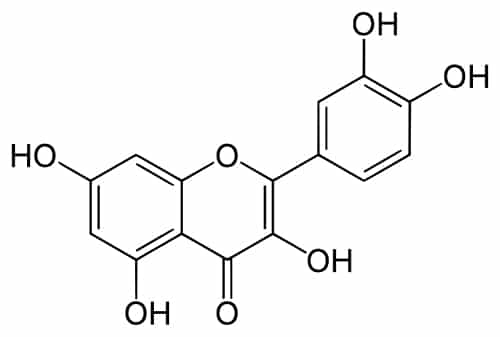
Newlife-funded research has discovered a plant chemical that could reduce the symptoms of a rare muscle disease that affects children. University of Edinburgh scientists have found that plant pigment Quercetin – which is found in some fruits, vegetables, herbs and grains – could help prevent the damage to nerves associated with Spinal Muscular Atrophy (SMA), the childhood form of motor neuron disease. The findings could pave the way for new treatments for SMA, which leaves children with limited or no control of their movements and is a leading genetic cause of child deaths. Professor Tom Gillingwater, who led the study, said: “This is an important step that could one day improve quality of life for the babies affected by this condition – and their families. There is currently no cure for this kind of neuromuscular disorder so new treatments that can tackle the progression of disease are urgently needed.” Newlife Foundation’s Medical Director Professor Michael Patton added: “These are still preliminary results but Professor Gillingwater and his team are carrying out important research into a very difficult and distressing disorder that affects many families in the UK.” Tests on zebrafish, flies and mice have found that treating the disease with Quercetin has led to a significant improvement in the health of nerve and muscle cells. Use of the plant pigment did not prevent all of the symptoms associated with SMA, but researchers hope it will offer a useful treatment option in the early stages of the disease. SMA is caused by a mutation in a gene that is vital for the health of nerve cells that connect the brain and spinal cord to muscles. The study reveals that the mutated gene affects a key ‘housekeeping’ process for removing unwanted molecules from cells in the body. When this process doesn’t function properly, molecules can build up and cause problems inside the cells. Children with SMA – often referred to as ‘floppy baby syndrome’ – experience progressive muscle wastage and loss of mobility. It affects one in every 6,000 babies and around half of children with the most severe form will die before they are two.




